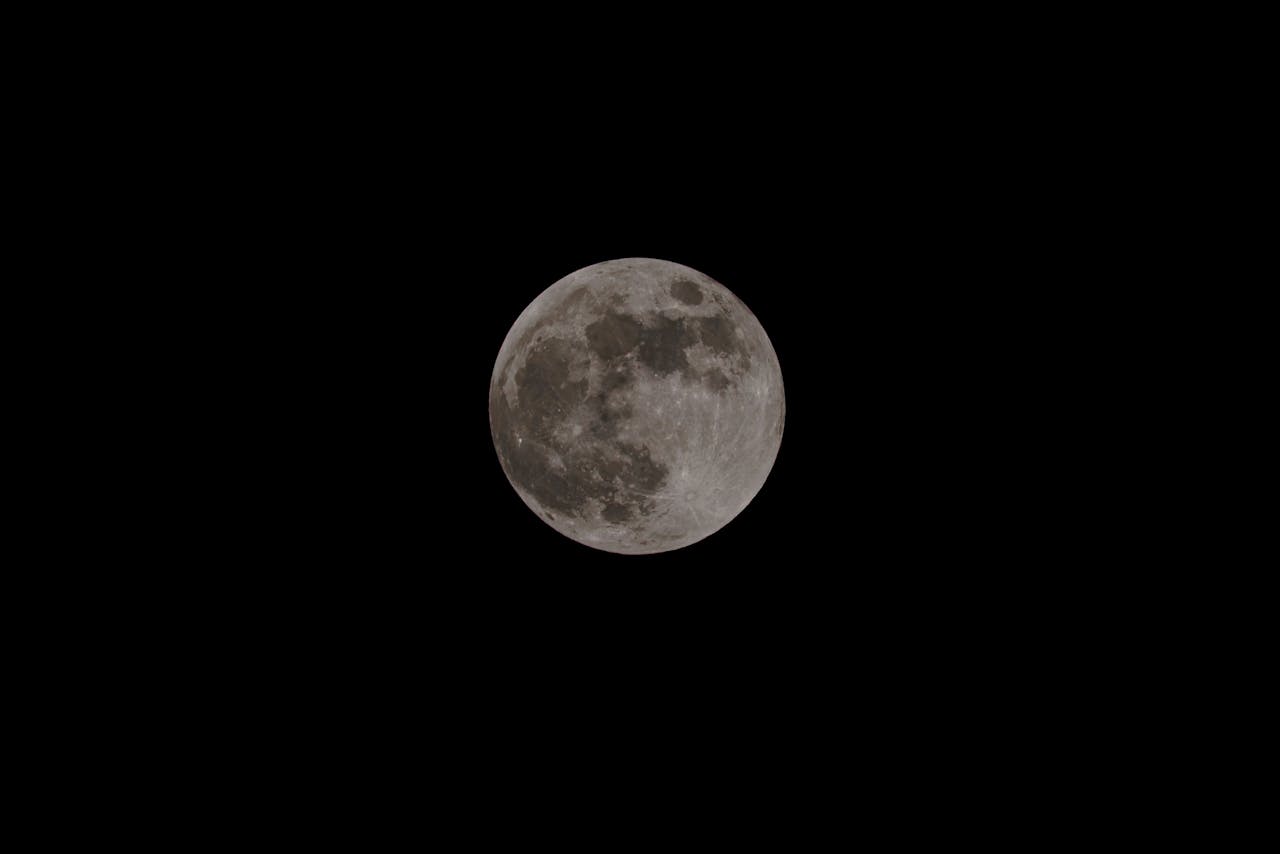Autumn nights reward unhurried looking. October often brings a bright harvest moon that rises near sunset and hangs low, lighting fields, porches, and trailheads. In the same month, dependable meteor showers send clean streaks across dark windows between moonlit evenings. The air turns crisp, insects quiet down, and horizons sharpen. What this really means is simple: less squinting, more awe, and a season made for sweaters, blankets, and a warm thermos. The sky supplies the show; patience handles the rest.
Perfectly Timed Moonrises
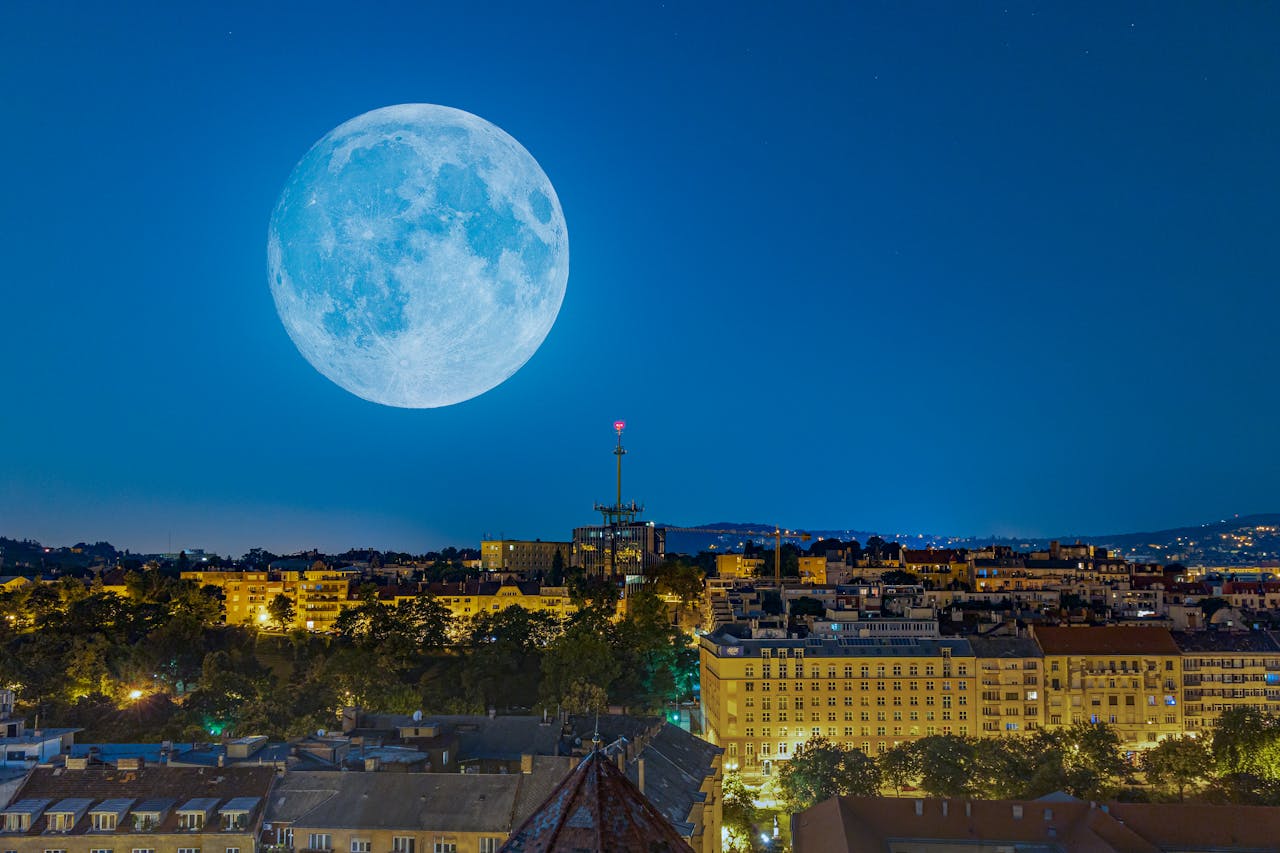
The harvest moon rises close to sunset for several nights, so timing is forgiving. Even after dinner, that copper disk climbs into view, bright enough to light a path yet gentle on eyes. Early showtimes help families, shift workers, and anyone who values sleep over midnight vigils. A low eastern horizon is the only real requirement. Set a ten-minute window, step outside, and watch rooftops and treelines gain a glow that makes ordinary streets feel like a stage.
Golden Hue And The Moon Illusion
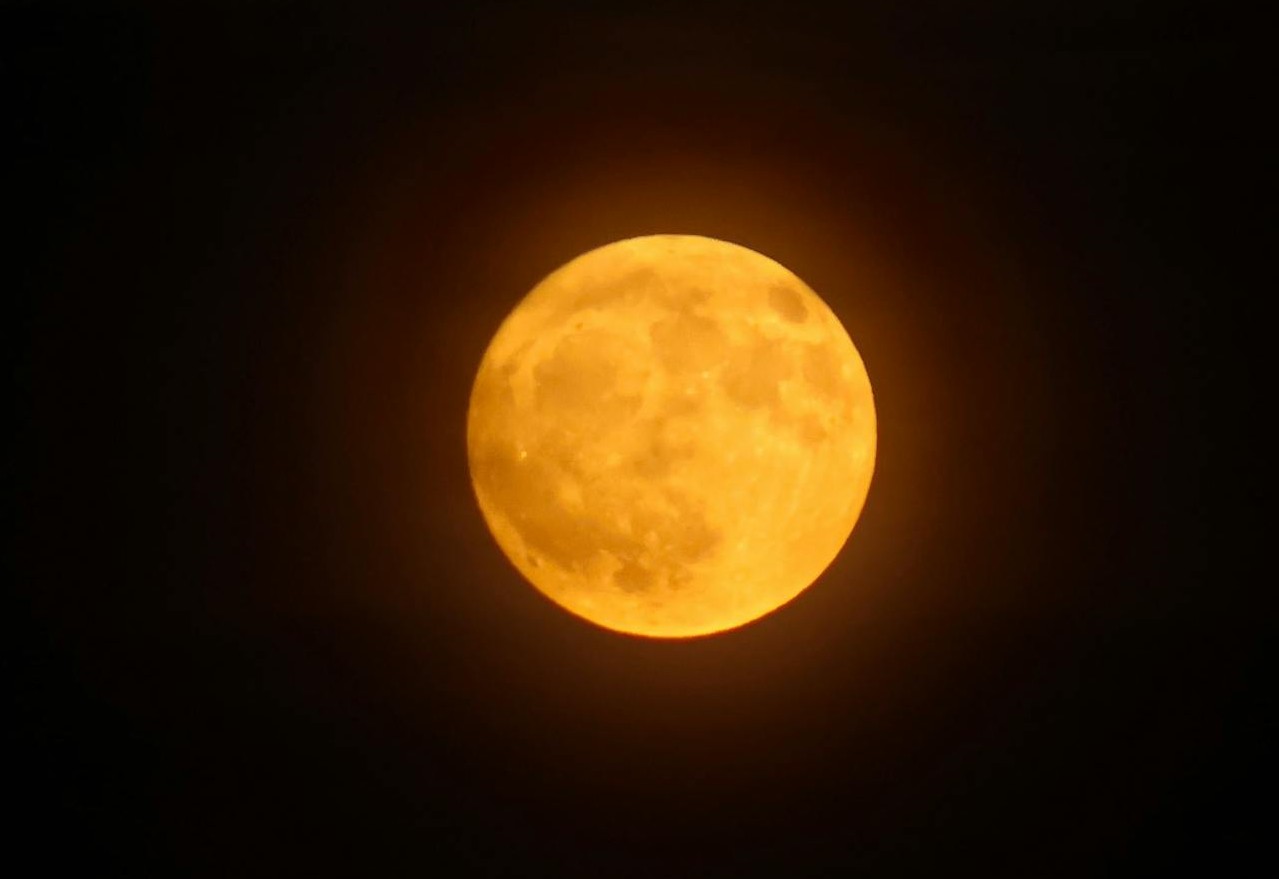
Near the horizon, moonlight passes through thicker air and dust, warming to amber. The disk also looks oversized against trees and buildings, a quirk called the moon illusion. The effect needs no telescope, just an unobstructed view over water, a field, or a long city avenue. Stand still and let the scale land; language follows a moment later. As the moon climbs, color cools and size feels “normal,” turning the first few minutes into the richest part.
Meteor Showers Share The Stage
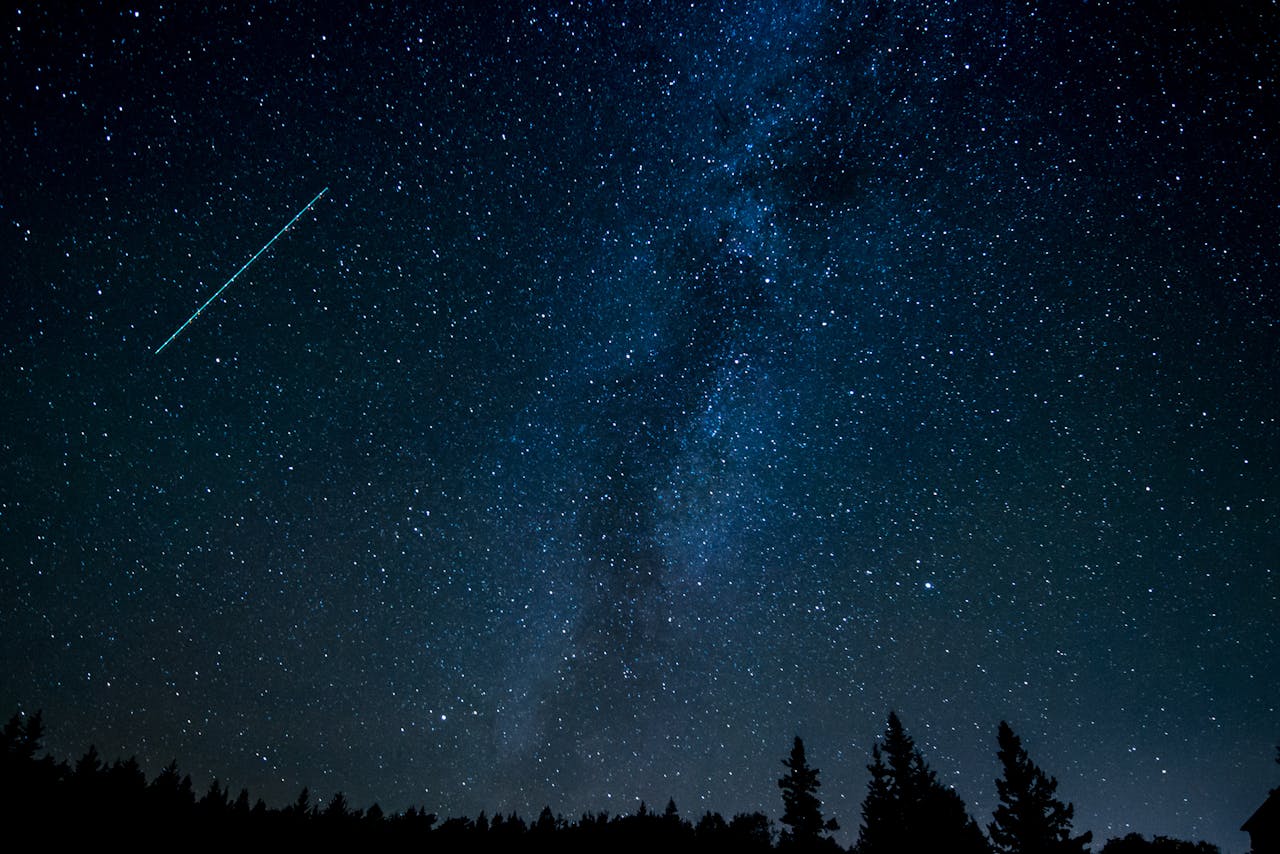
October usually delivers two reliable showers, spaced well enough to catch streaks on several nights even when moonlight competes. After dusk or before dawn, bright meteors carve quick paths that last long enough for a gasp and a pointed finger. The approach is simple: find the darkest patch available, lean back, and let eyes adjust for 20 minutes. Even a handful of clean streaks can turn an average evening into shared applause and a story worth retelling.
Comfortable, Clearer Air
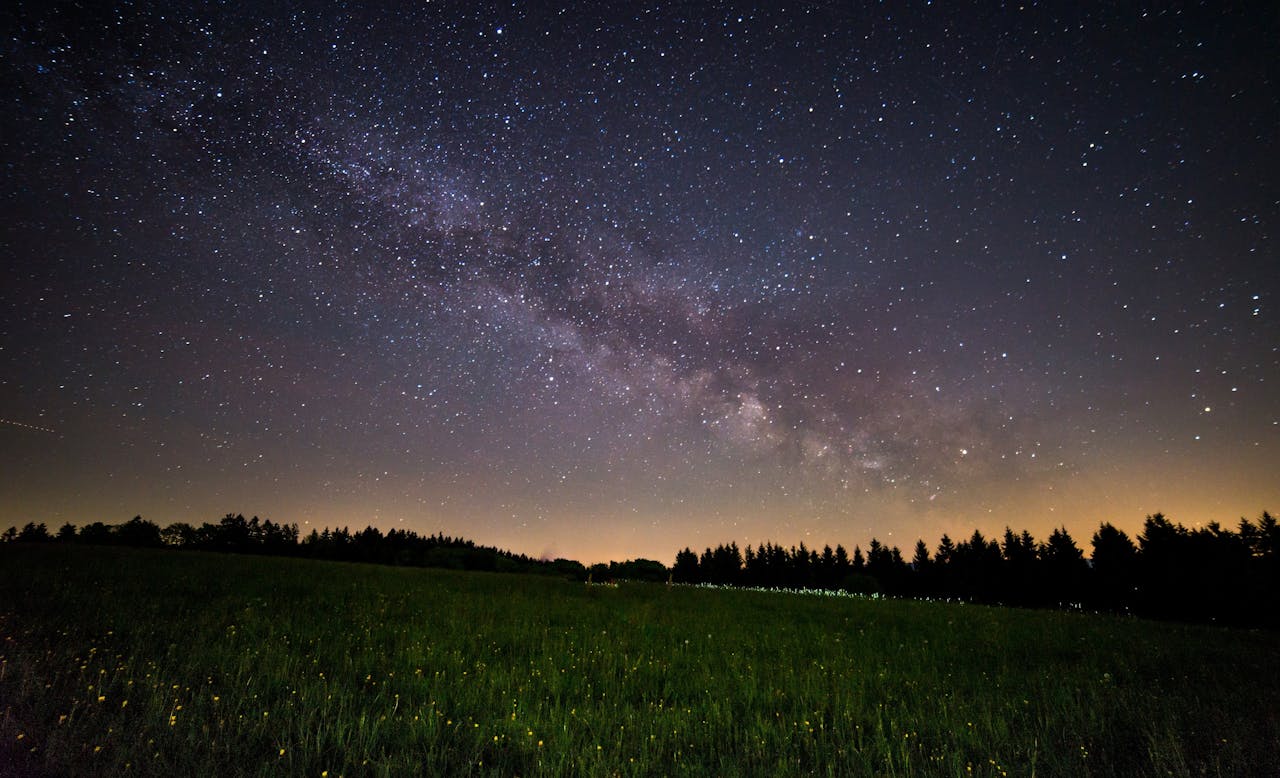
Cool nights calm the atmosphere, tame humidity, and send biting insects packing. A jacket, a hat, and a blanket keep long looks easy, while a film of dew signals it is time to wrap up. Heat islands soften, so cul-de-sacs, fairgrounds, and small-town parks feel darker than they did in July. The season hands over an observing sweet spot: crisp enough to sharpen stars, not so cold that fingers quit on the camera shutter or the thermos lid.
Easy Family Science Outside
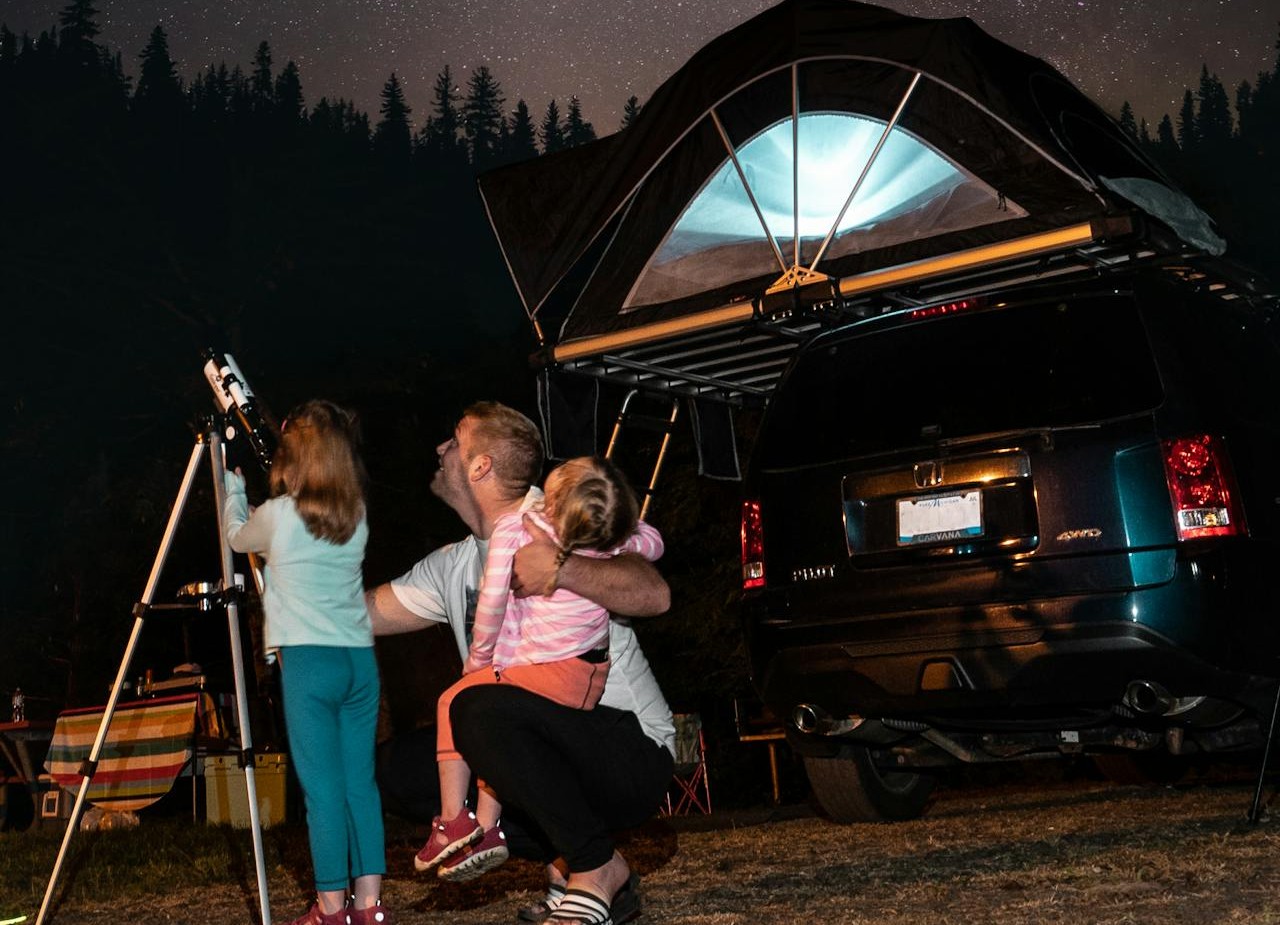
October skies turn curiosity into quick, hands-on lessons. The moon’s shifting rise point shows orbital geometry in plain sight, while a single meteor sparks questions about dust, speed, and light. Kids can tally streaks by minute, sketch phases, or trace constellations with a finger. None of it requires charts to feel true; the sky does the teaching. A short walk home seals the memory, and the next clear night arrives with a few more confident eyes.
Gorgeous Photo Opportunities
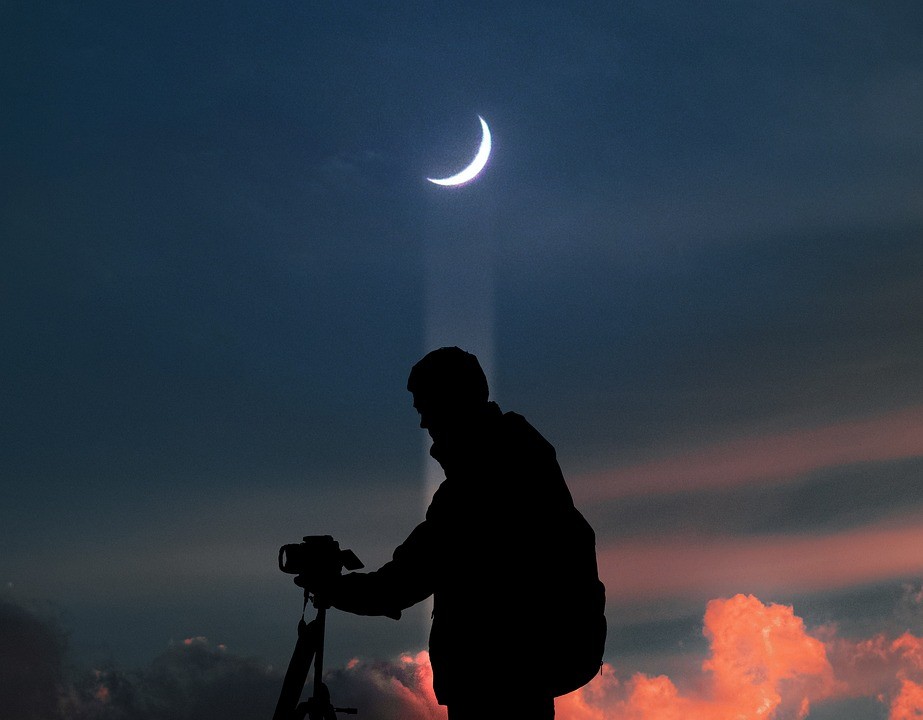
Low moonlight paints foregrounds and outlines barns, bridges, and coastlines with a clean halo. Meteors add surprise frames: a bright line across a long exposure, a spark that turns a quiet landscape into a story. A tripod helps, but a phone in night mode can earn keep if kept still. Scout a foreground at dusk, lock focus to infinity, and let the sky write the rest. Imperfect shots still look like postcards someone will keep.
Community Moments That Feel Old And New

Harvest traditions long tied moonlight to shared work and small celebrations. Today’s version might be a neighborhood watch party, a farm stand open past dusk, or a ranger talk with blankets spread on the grass. The tone stays the same: a light to gather by, something to point at together, and time that flows slower than screens. The sky becomes the agenda; conversation finds its pace between gasps, jokes, and a stretch of companionable quiet.
Wildlife, Water, And Night Sound
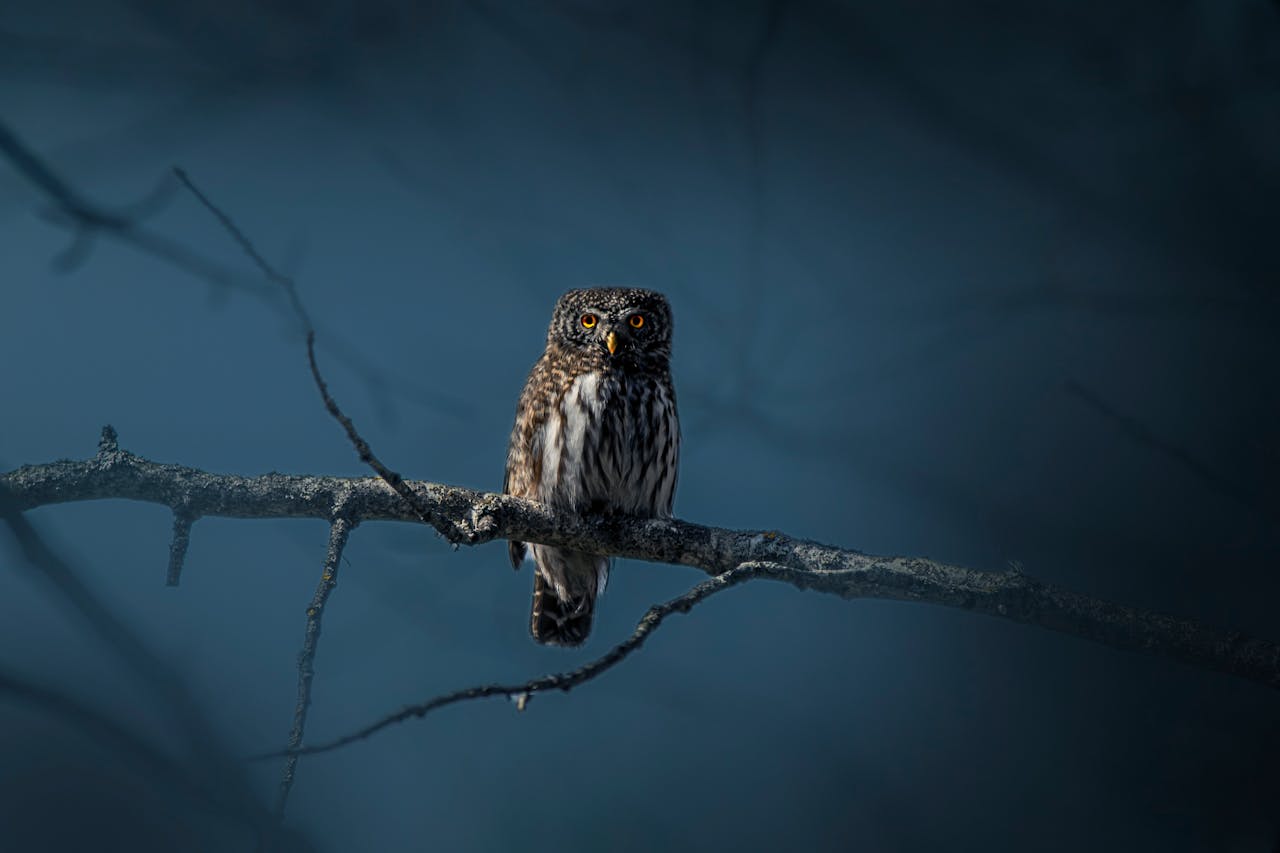
Moonbright fields invite quiet motion. Deer step from hedges, owls trade calls, and ponds pick up a silver edge that keeps people at the railing longer than planned. Cities shift character when the moon rises; street trees throw softer shadows, and night walks feel set dressed. Meteor nights add their own soundtrack: whispers, counting, and a low cheer when a long, bright streak earns it. The world does not stop; it leans in and listens.
A Pause That Actually Restores
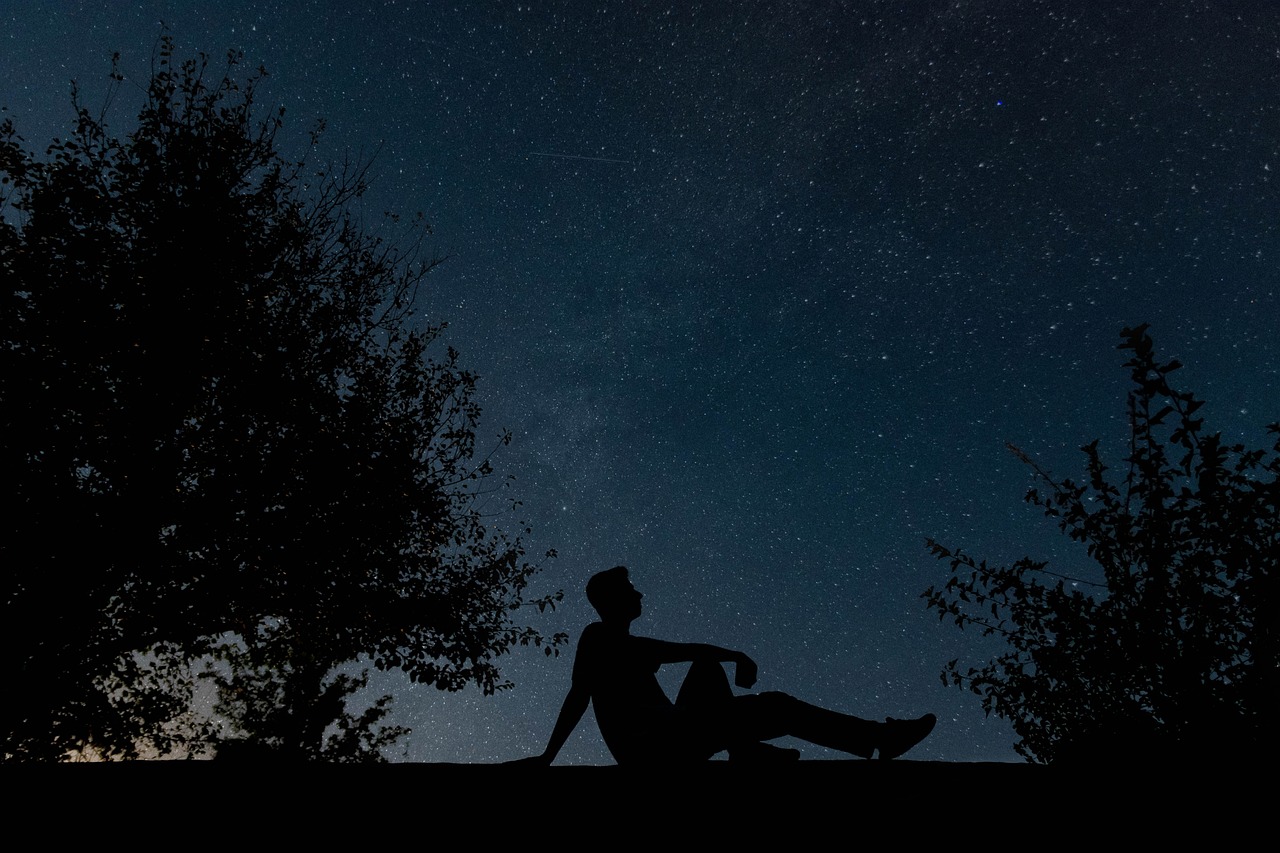
October’s sky asks for a chair, a warm layer, and a few deep breaths, then returns more calm than caffeine can. Watching light slide across a familiar roofline or waiting for a single meteor resets attention in a way that travels into morning. No subscription, no rush, just time used well. Step back inside, and sleep lands easier with the image of a gold disk or a white trail still looping at the edge of thought.
